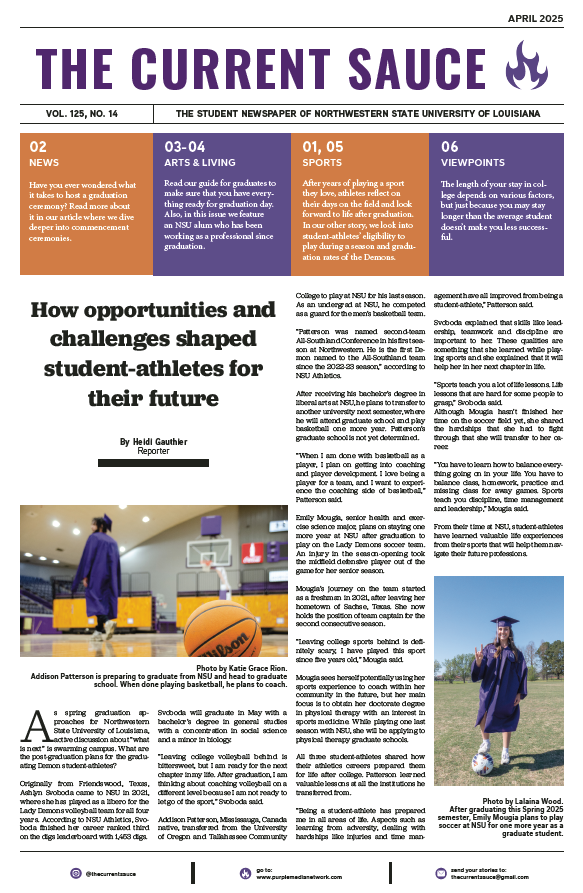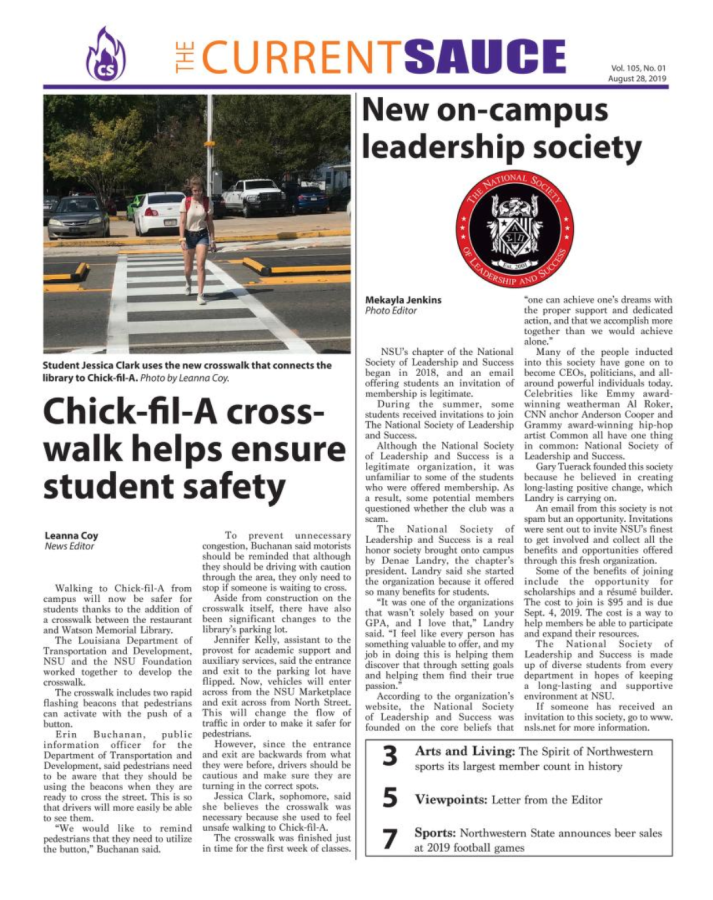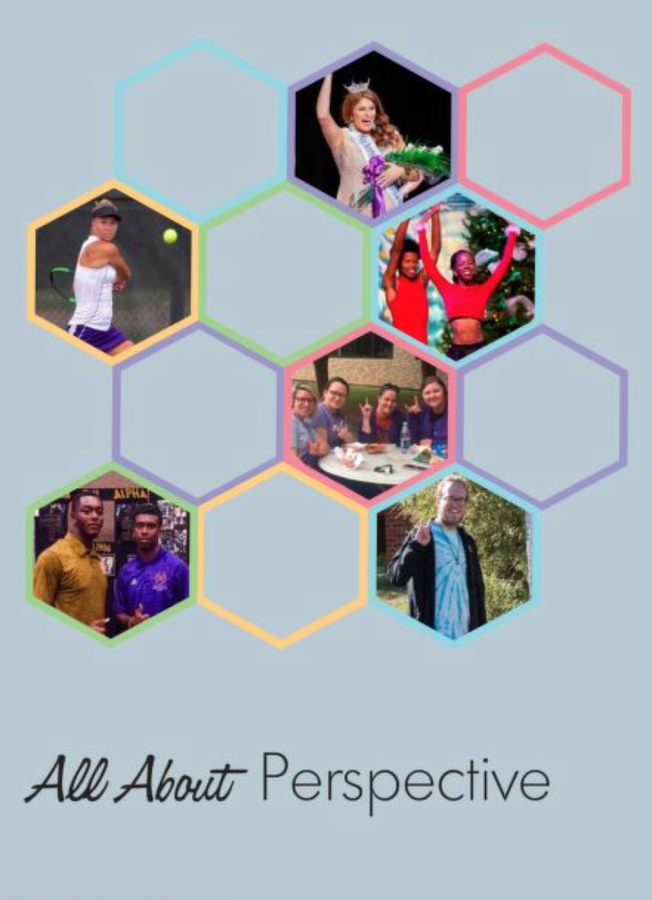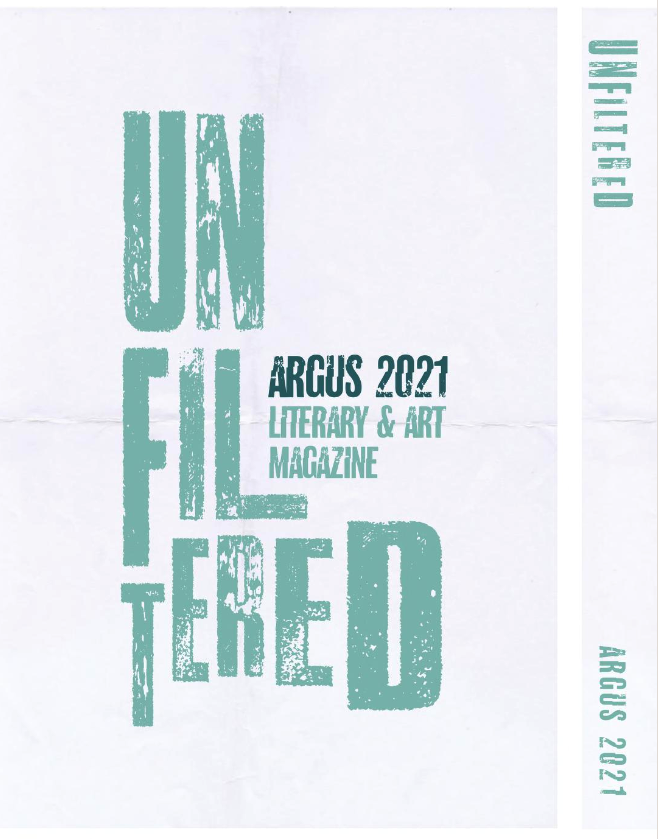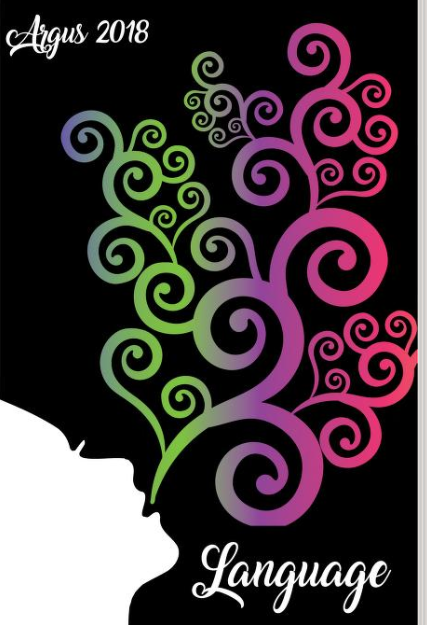Mary Fletcher
Reporter
During the COVID-19 pandemic and its resulting quarantine, the world turned to social media for escape and entertainment. From TikTok to Instagram, various users brought their viewers joy through the content they provided. One of 2020’s emerging TikTok stars was not a human, but a dog…a talking dog. Yes, you read that correctly!
Bunny, a one-year old Sheepadoodle owned by Alexis Devine, charmed the world by “talking” to her owner and her social media followers. Using alternative and augmentative communication (AAC) buttons, she uses words such as “outside,” “tug” and “walk” to communicate with her owner.
While these buttons may seem like a great way to break the language barrier between animal and human in the short-term, this trend begs for an important question: What does this mean for animal-human communication and animal sentience in the long run?
Bunny, who is known on social media platforms as @what_about_bunny, is not the first animal to learn how to communicate with humans. Several studies have been conducted using primates as early as the late 1960s. Some of the most famous subjects of this research include Washoe (a chimpanzee) and Koko (a gorilla). These animals did not use AAC buttons as a means to communicate, but they used American Sign Language to bridge the gap between human language and animal language.
Alexis Devine’s venture with Bunny was inspired by Christina Hunger’s work as a speech language pathologist and working with her own dog, Stella. Hunger’s work was based on one simple question: “If humans can successfully use various forms of AAC to communicate, would dogs have the same level of success in learning to communicate?” In turn, this inspired the founding of FluentPet, a company that manufactures AAC buttons for animals.
With this brave new world comes this question: Could these experiments bridge the gap between humans and animals and could animal thoughts be similar to human thoughts?
By that same token, Bunny has been said to display self-aware thoughts consistent with human thoughts. In one documented instance, Bunny appeared to look at herself in a mirror. Once she took a glimpse at the mirror, she pressed the buttons for “who” and “this.” Ms. Devine called for clarification on what Bunny supposedly said. Once she got confirmation from Bunny that she pressed the buttons to form “Who this?” she stated “That’s Bunny.”
Bunny allowed that statement to marinate for a second and walked towards the back door. Once she took a second to contemplate her existence, Bunny proceeded to walk back to the board and press the button for “help.” From a human developmental standpoint, children begin to display self-awareness at eighteen months of age. This is consistent with Bunny’s age as a dog.
Another example of Bunny acting in a manner consistent with human development is discussing her friends (Beacher, Jack, Tango and Selena). By at least three months of age, a child should receive some level of socialization with other children. By that same token, if a dog is fully vaccinated (that is to say, at four months of age), they can be socialized with other dogs.
Bunny’s expression of interest in friends is synchronous with human development. Bunny has also displayed an ability to string relatively coherent sentences together in spite of the limited number of buttons that she has available to her. One of her favorite sentences to use is “sound settle bye,” which is similar to the human phrase of “shut up.”
However, the trend of “talking dogs” has opened the door to both legitimate criticism and pure skepticism. On one end of the spectrum, human AAC users have stated that the popularity of “talking dogs” has effectively silenced them. However, Devine used Bunny’s popularity to create new merchandise in collaboration with CommunicationFIRST, which is a charitable nonprofit for non-speaking autistics and other human AAC users. The merchandise had one word on it: “Listen.”
In addition, the skepticism comes from people who may not understand what is so special about a dog that uses buttons to communicate. Some have dismissed it as nothing more than an extension of Ivan Pavlov’s studies with dogs. It is believed Devine’s work with Bunny has some level of scientific merit because Bunny has become a part of a study with UC San Diego with the aim of examining the concept of animal cognition and speech.
What Bunny has displayed in terms of communication is not a fluke. Many animals, including Billi the cat and Flambo the dog, have also become participants in the UCSD study. Animals have been shown, time and time again, to be far smarter than humans give them credit for.
It is my belief that although AAC can be an effective means of bridging the human-animal communication gap, it must be used with care, and only if the animal has the temperament to communicate with you. AAC has been an effective means in which non-speaking humans communicate with speaking humans. Therefore, it stands to reason that animals can use AAC to gain a deeper connection with humans.



